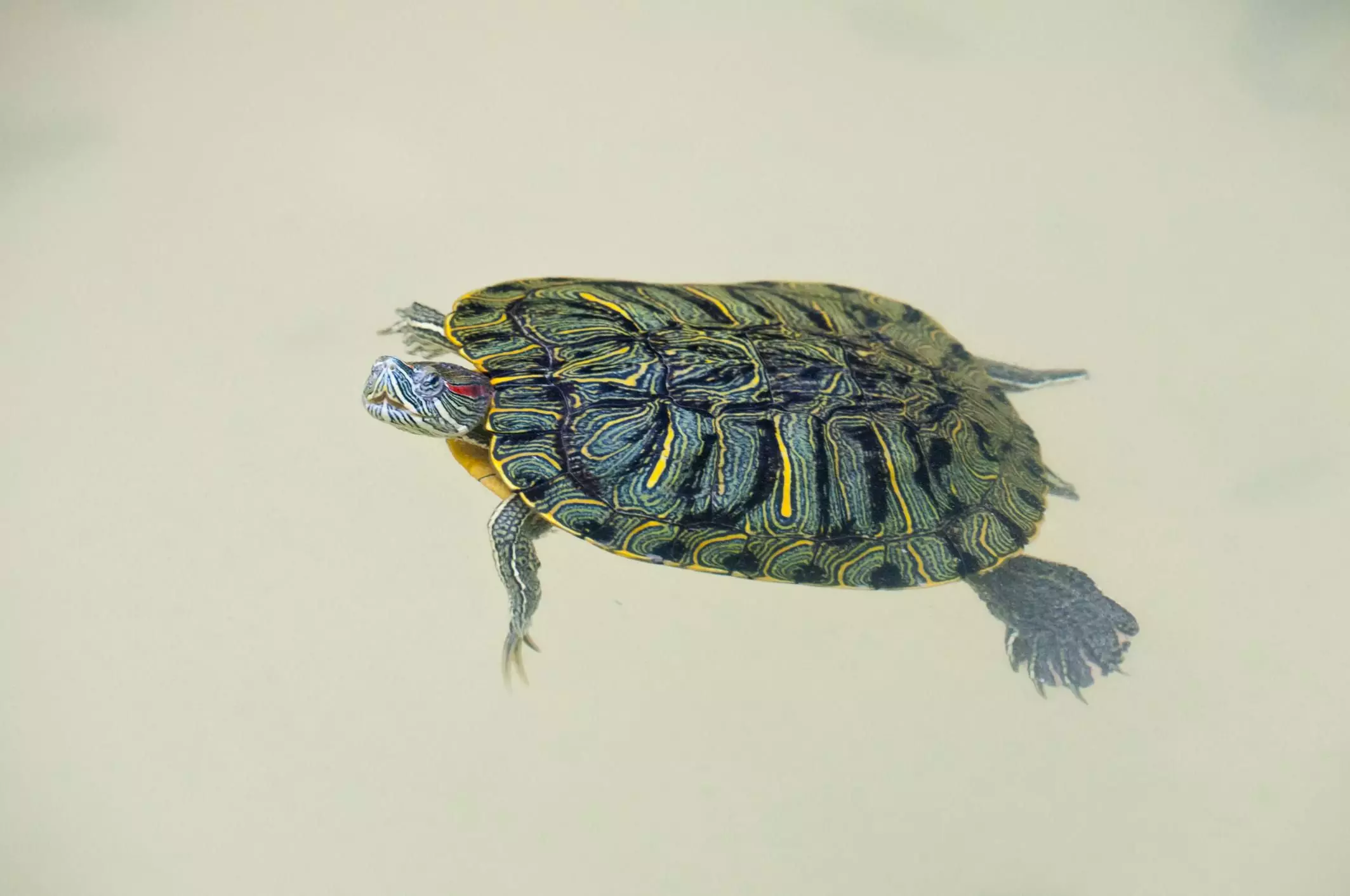Aquatic turtles are captivating and unique pets that offer a glimpse into the fascinating world of reptiles. While they have gained popularity—especially the red-eared slider—potential owners must fully understand their needs and requirements before bringing one home. With proper care, these turtles can become delightful companions, but inadequate preparation may lead to a host of challenges, both for the owner and the pet.
One of the most critical aspects of caring for aquatic turtles is recognizing their potential size. Contrary to what many believe, turtles such as red-eared sliders and yellow-bellied sliders can grow quite large, reaching lengths of up to 12 inches or more. This growth necessitates appropriate living conditions, which include spacious enclosures. For instance, a single aquatic turtle should ideally have a tank that accommodates at least 40 gallons of water, allowing ample space for swimming, basking, and exploring.
In addition to size, a turtle’s habitat should be thoughtfully designed. Proper filtration systems are essential to maintain water quality, as aquatic turtles are known for being messy eaters. Moreover, they require specific lighting conditions, notably UVB light, to prevent metabolic bone disease. Unfortunately, many newcomers overlook these details, leading to deficiencies that can negatively impact the health of these turtles over the long term.
Interactions and Social Behaviors
Aquatic turtles are often perceived as low-maintenance pets, which can lead to misunderstandings about their interaction requirements. Although they do not demand constant attention, regular interaction can significantly enhance their sociability, especially in species like map turtles. This interaction can help them become more comfortable with their human caretakers, making for a more enriching experience for both the owner and the turtle.
However, managing interactions requires a balanced approach. Young children, while often eager to interact with animals, might not understand the specific care needs of aquatic turtles or the potential risks associated with handling them, such as the transmission of Salmonella. Consequently, children must be supervised during any interactions to ensure safe and respectful handling.
A well-balanced diet is crucial for the health of aquatic turtles. Although many owners may rely solely on commercial aquatic turtle foods, it is essential to diversify their diets. Aquatic turtles are primarily omnivorous, and mixing various plant-based foods—such as leafy greens like romaine lettuce and dandelion greens—can significantly benefit their nutritional intake. Additionally, offering occasional treats, such as chopped apples or frozen shrimp, can make feeding more exciting for the turtles.
Feeding in a separate container can also help monitor food intake, especially when multiple turtles reside together. This practice keeps the primary tank clean while allowing the owner to ensure that each turtle is receiving adequate nutrition. Inadequate or unvaried diets can lead to health issues, such as vitamin A deficiency and shell rot, which can manifest through discomfort or pain.
Maintaining the overall health of aquatic turtles requires vigilance. Owners should regularly monitor for signs of illness, including respiratory infections or shell problems. Symptoms like wheezing, nasal discharge, or unusual lethargy can indicate a range of health issues that require immediate veterinary attention. Consulting a veterinarian who specializes in reptiles, particularly turtles, is vital for early detection and treatment of potential ailments.
Additionally, routine examinations and proper habitat maintenance are critical components of turtle health. Ensuring that water quality remains high can prevent many common infections, and regular cleaning routines are necessary to support a healthy living environment.
Aquatic turtles can be enchanting pets for individuals or families ready to meet their needs. Understanding their requirements for space, social interaction, diet, and health care is essential for responsible ownership. By thoroughly researching species and dedicating appropriate time and resources to their care, future turtle owners can experience the joy these fascinating reptiles bring to their lives. Ultimately, the commitment to care for an aquatic turtle is significant, but the enriching bond that develops through this relationship can be a deeply rewarding experience.

